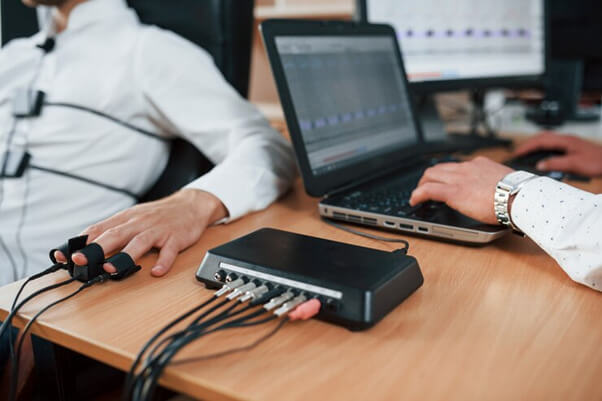Updated June 3, 2023
Full Form of ECG – Electrocardiogram

The full form of ECG is Electrocardiogram. It detects heart-related issues by recording electrical signals, measures cardiac activity, and diagnoses multiple vascular dysfunctions. This way of seeing these signals is known as electrocardiography. This article will talk about ECG in detail.
A Brief History
The history of ECG highlights the main areas of its creation and customization. It is as follows:
- In 1786, an Italian Physician, Dr. Lungi Galvani, noted that the skeletal muscles could detect electrical signals.
- In the late 1880s, Dr. Augustus Waller gave the name electrocardiogram and recorded “the first human electrocardiogram” with a capillary electrometer.
- In 1893 Dr. Willien Einthovan further refined the capillary electrometer. The names of the waves were ABCDE, and later, he changed them to PQRS to adjust the inertia in the capillary.
- In 1902, he published the first ECG performance using a strong galvanometer (a device used to measure current). He used tripolar leads and won the Nobel prize for his best contribution to humankind.
- Till the 1980s, many modifications were made to reduce the size of the machine and make it portable. During the 1990s, Dr. Robert Zalenski introduced 3v more ECG leads.
What are the types of ECGs?
After having an idea about the full form of ECG, let us understand the types of ECG. THE ECG can vary depending on the symptoms and heart conditions. The two types of ECG are as follows:
#1 Resting ECG
In this type of ECG, you lie down, and the electrodes are fixed near the arms, legs, heart, and chest area. The movement is restricted because electrical impulses from other muscular regions may interfere with the test. This technique usually takes 5-10 minutes to complete.
#2 Exercise Stress Test
In this type of ECG, the electrodes are attached to you while you ride a bike or treadmill. This way, the doctor can determine how well your heart works while exercising. This technique usually takes 15- 30 minutes to complete.
How is an ECG done?
An ECG can be done in many ways. Generally, it involves small sensors called electrodes attached to the chest with the help of an ST-gel. These connect wires to an ECG instrument. The chest area should be cleaned before the process, preventing the hair from sticking the electrodes to the skin. When muscles contract, they generate tiny electric currents. The electrodes can detect these electric currents. An electrode transfers the current to the amplifier inside the electrocardiogram, which amplifies and records it as waves. The heart rate is measured and printed on paper. This is the way ECG is done.
When is an ECG done?
An ECG is done when you suffer from chest pain, palpitations, dizziness, and shortness of breath. The ECG is done to detect the following:
- Arrhitymias: It is a result of the irregular beating of the heart.
- Pericarditis/Myocarditis: It is caused by inflammation in the heart.
- Heart Attacks: It is caused due to blockage in the heart’s blood supply.
- Cardiomyopathy is caused by the thickening of the heart’s walls.
- Coronary heart disease: It results from fatty substances that block the heart’s blood supply.
What are the benefits of an ECG?
An ECG can have several benefits. Some of them are:
- It helps to identify the reason for chest pain.
- It helps to determine the cause of chest fluttering.
- Learning about the pacemaker’s operation is beneficial.
- It helps to understand the abnormalities associated with fast or slow heart rates.
- It helps to identify the type of medication’s effect on the heart.
What are the things to keep in mind while doing an ECG?
An ECG is carried out only in case of heart-related issues. So if you are someone who is getting an ECG done, then you must keep the following things in mind:
- Tell the doctor about current medication and allergies: You must tell your doctor if you are under any medication or suffer from allergies.
- Shave the chest area: This will prevent the electrodes from interfering with the hair and give accurate results.
- Keep your skin dry: ECG works well in case of dry skin, free from oil and lotion.
- Relax before the test: You should be calm while getting an ECG done for accurate results.
- Wear non-wired bras: They are not machine-friendly and can interfere with the readings.
Conclusion
The ECG test is essential to know your heart’s condition, which could be life-saving. It is a quick and painless test, and the ECG takes place under expert supervision. This article has helped you understand the full form of ECG and its various facets.
Recommended Articles
We hope that this EDUCBA information on “Full Form of ECG” was beneficial to you. You can view EDUCBA’s recommended articles for more information,
